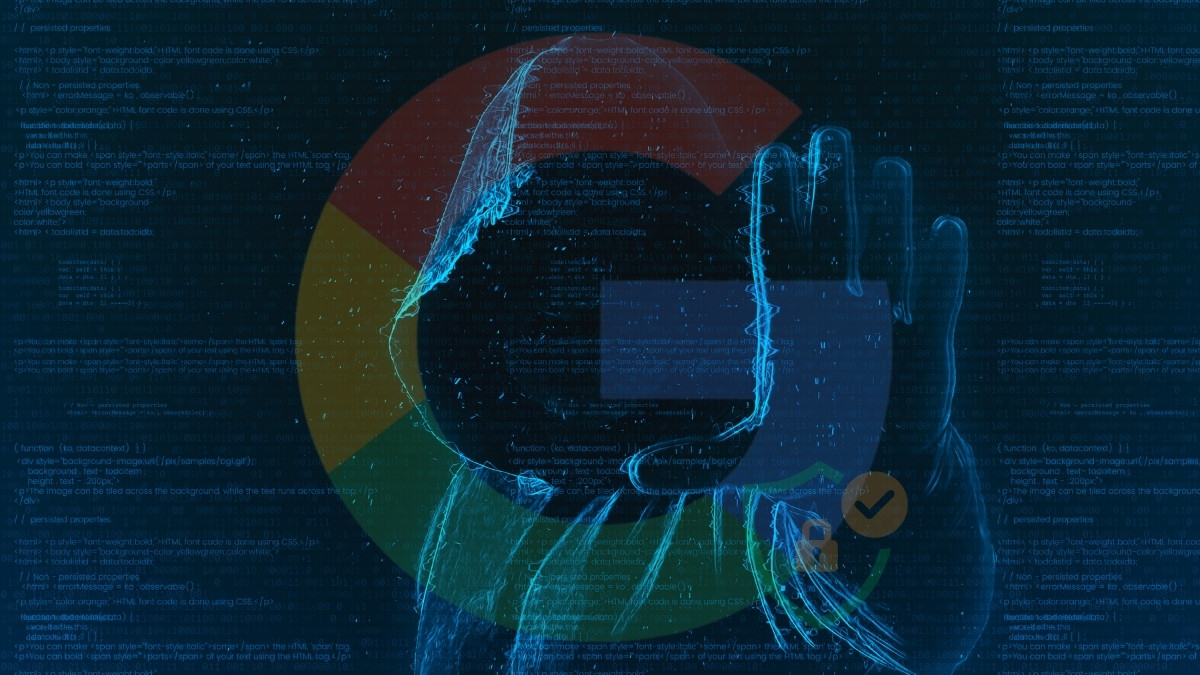In this article, we’ll delve into the reasons behind growing security concerns triggered by Google’s release of eight new top-level domains (TLDs), particularly “.zip” and “.mov”.
These suffixes may open up opportunities for phishing and scams, leading to intensified debates within the cyber security community.
Key Takeaways:
- Google’s introduction of TLDs that overlap with common file extensions could potentially be used for phishing.
- The security community is divided on the actual impact these new TLDs might have.
- Google defends its decision, citing historical instances of domain names overlapping with file names and its robust domain monitoring system.
- The potential impact of these new TLDs depends on the susceptibility of users to phishing attacks and their awareness of legitimate URLs.
- Google’s critics accuse the company of creating unnecessary security risks for easy profits.
The Intersection of TLDs and File Extensions: A Cyber Security Concern?
A recent development in the cyber world has raised several eyebrows.
The tech titan, Google, released eight new top-level domains (TLDs) earlier in May, intending to offer more diversity and organization in the domain name landscape.
The highlight of this release was the inclusion of “.zip” and “.mov”, two TLDs that coincidentally bear the same name as popular file extensions.
The issue is, these TLDs could blur the line between internet addresses and file names.
This confusion might serve as a perfect setup for cybercriminals looking to conduct phishing attacks.
Internet users might be tricked into clicking on malicious links disguised as familiar files, leading them down dangerous paths online.
Mixed Reactions to Google’s TLD Decision
The cyber-security community has been abuzz since Google’s TLD announcement, with contrasting opinions making their rounds.
A section of the community foresees a potential spike in phishing attacks, with some reports already confirming that the new TLDs are being utilized in such schemes.
Nevertheless, another faction downplays these concerns. They argue that the confusion between URLs and file names isn’t a new phenomenon.
Further, they believe that existing protective mechanisms can be tweaked to address the threats posed by “.zip” and “.mov” domains.
Google’s Response to Rising Security Concerns
Addressing the rising chorus of concerns, Google has attempted to reassure users.
The company pointed out that the intermingling of file names and domain names is a pre-existing issue, with precedents like 3M’s usage of “command.com”, which clashes with a critical program in early MS-DOS and Windows.
Google isn’t just relying on history to make its point, though.
The company has in place a robust system that can suspend or remove malicious domains across all its TLDs. Google also has its Safe Browsing tool to shield users from harmful websites.
So, while the tech giant acknowledges the potential risks, it remains confident in its ability to protect users.
Debating the Impact of New TLDs: Experts are Divided
The controversy surrounding Google’s new TLDs continues to simmer. Some experts feel that the increased risk, if any, is minimal.
They argue that the online community is already exposed to a high risk of phishing, and these new TLDs don’t necessarily heighten that danger.
They believe that as users become more discerning about legitimate URLs, the concerns over these TLDs will eventually fade away.
On the other hand, critics are less forgiving. They maintain that Google, a company noted for its robust anti-phishing initiatives, should have exercised better judgment in selecting its new TLDs.
These critics argue that while overlap between TLDs and file extensions isn’t new, there’s no need to add to the confusion, seemingly for profit, while leaving others to deal with the fallout.
Real World Implications: The Unfolding Scenario
Despite the ongoing debates, the real-world implications of Google’s new TLDs are already materializing.
Cybersecurity researchers have noticed some malevolent actors acquiring “.zip” URLs and using them in phishing campaigns.
This real-life manifestation of the concerns raises crucial questions about the potential misuse of these domains.
At the same time, some well-meaning internet users have purchased potentially vulnerable domains, using them humorously or informatively rather than maliciously.
Examples include “setup (dot) zip,” which provides a warning about the risks associated with these URLs, and “clientdocs (dot) zip,” displaying a quirky message about having fun on the internet.
Moving forward, the outcome will largely depend on how effectively existing security measures can adapt to cover these new domains and how well users can learn to recognize and avoid potential threats.
Conclusion
As debates on Google’s new TLDs continue to stir, the crux of the matter centers on striking a balance between expanding URL options and maintaining cyber security.
While some experts view these domains as a minor addition to pre-existing phishing risks, others believe they add an unnecessary layer of danger in an already risky online world.
As we venture into this new domain, both the users and the wider security community must navigate these digital waters with caution and a heightened sense of awareness.
Ultimately, it’s not just about Google’s choices, but about how we adapt and protect ourselves against the ever-evolving landscape of cyber threats.
 Sections of this topic
Sections of this topic
















